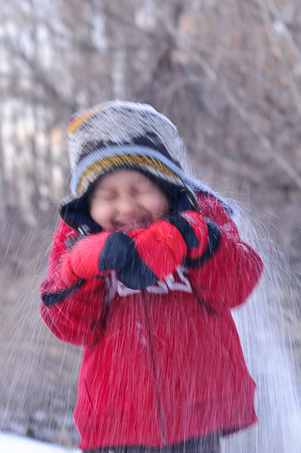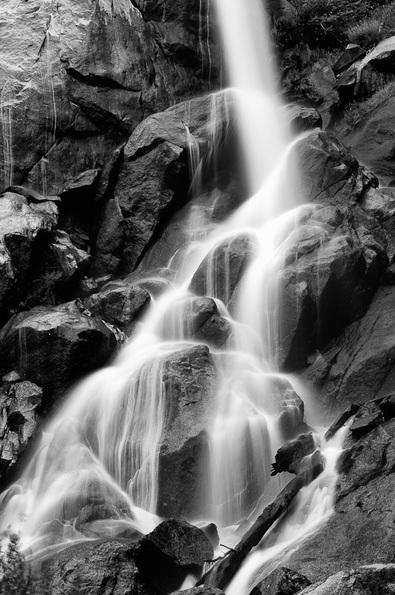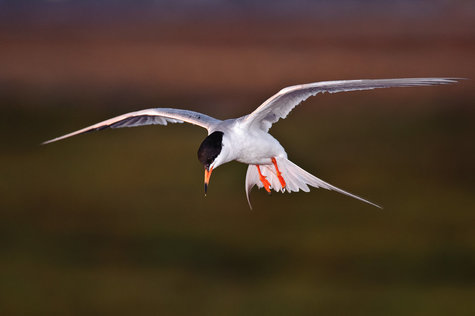Fariza Khalid
- Home
-
Teaching
- GP6193 Asas Teknologi Pendidikan
- GB6022 Academic Writing 2
- GE1153 Computer in Education
- GE2153 Educational Technology
- GA2123 Innovation & Technology in Teaching and Learning
- GE3403 Photography
- GB6013 Research Methods
- GE6433 Seminar Aliran Terkini dalam Pengajaran Sumber dan Teknologi Maklumat
- GE6543 Teknologi Maklumat dalam Pendidikan
- Supervision
- Publication
- e-Learning Support
- RESEARCH SUPPORT
- When My Mind Speaks
|
Shutter Speed is one of the three pillars of photography, the other two being ISO and Aperture. Shutter speed is where the other side of the magic happens – it is responsible for creating dramatic effects by either freezing action or blurring motion. What is camera shutter? Simply put, a camera shutter is a curtain in front of the camera sensor that stays closed until the camera fires. When the camera fires, the shutter opens and fully exposes the camera sensor to the light that passes through the lens aperture. After the sensor is done collecting the light, the shutter closes immediately, stopping the light from hitting the sensor. The button that fires the camera is also called “shutter” or “shutter button”, because it triggers the shutter to open and close. What is shutter speed? Shutter speed, also known as “exposure time”, stands for the length of time a camera shutter is open to expose light into the camera sensor. If the shutter speed is fast, it can help to freeze action completely, as seen in the above photo of the dolphin. If the shutter speed is slow, it can create an effect called “motion blur”, where moving objects appear blurred along the direction of the motion. This effect is used quite a bit in advertisements of cars and motorbikes, where a sense of speed and motion is communicated to the viewer by intentionally blurring the moving wheels. Slow shutter speeds are also used to photograph lightnings or other objects at night or in dim environments with a tripod. Landscape photographers intentionally use slow shutter speeds to create a sense of motion on rivers and waterfalls, while keeping everything else in focus. Motion can also be frozen to an extent with a camera flash, even at low shutter speeds. Take a look at this example: How shutter speed is measured? Shutter speeds are typically measured in fractions of a second, when they are under a second. For example 1/4 means a quarter of a second, while 1/250 means one two-hundred-and-fiftieth of a second or four milliseconds. Most modern DSLRs can handle shutter speeds of up to 1/4000th of a second, while some can handle much higher speeds of 1/8000th of a second and faster. The longest shutter speed on most DSLRs is typically 30 seconds (without using external remote triggers). How to set shutter speed? Most cameras handle shutter speeds automatically through in-camera metering. When the camera is set to “Auto” mode, both shutter speed and aperture are automatically selected by the camera. When you shoot in “Aperture Priority” mode, you set the lens aperture, while the camera automatically sets the shutter speed. There are two ways to manually set the shutter speed: a) By setting the camera to “Shutter Priority” mode, where you set the shutter speed and the camera automatically selects the aperture. How to find shutter speed? b) By setting the camera to “Manual” mode, where you set both shutter speed and aperture manually. Do you know how to find out what your camera shutter speed is set to? It is typically very easy to find the shutter speed. On Nikon DSLRs that have a top panel, the shutter speed is typically located on the top left corner. See example below: If you look through the viewfinder, it should also be the number on the bottom left side of the screen. On most DSLRs, you will not see the shutter speed as a fraction of a second – it will typically be a regular number. When the shutter speed is slower than or equals to one second, you will see something like 1″ or 5″ (the ” sign indicates a full second).
If you still can’t find the shutter speed, set your camera to “Aperture Priority” mode, then look into the viewfinder and point at a really dark area. Remember the numbers in the display, then switch to a very bright area and see what number changes. The number that changes is your shutter speed. Reference: https://photographylife.com/what-is-shutter-speed-in-photography More reading on shutter speed: http://www.digitalcameraworld.com/2014/03/20/what-is-shutter-speed-7-questions-new-photographers-always-ask/ Comments are closed.
|
Welcome to your photography site!!
What do you want to read?
All
Useful LinksKen Rockwell
Hong Kiat SLR Lounge Poppohoto Nikousa Mir WikiHow Cambridge in Colour Digital Photography School Digital Camera World Smashing Magazine Belajar Kamera Your Weebly!!ATIYAH NADHIRAH BINTI SALIM
Ramyah a/p V. Rajendran Nurul Nabila Saad Nurul Huda Mohd Farith Auswenik a/p Paramasivan Mohammad Syazwan Abd Rahim Meor Mohamed Azri Meor Idris Sherry Michelle anak Bumpoh Nur Amanina Sarib Hassan Siti Nazirah Mazlan Muhamad Malyan Saputra Nur Syahirah Mydin Atiyah Nadhirah Salim Izad Firdaus Ya'kob  This work by Dr. Fariza Khalid is licensed under a Creative Commons Attribution-NonCommercial-ShareAlike 4.0 International License. Based on a work at www.farizakhalid.com. Archives
October 2021
|
||||||||||||
Connect with me:Department of Learning and Teaching Innovations Faculty of Education Universiti Kebangsaan Malaysia 43600 Bangi Selangor MALAYSIA |
Site map: GE1155 Computer in Education GE2153 Educational Technology GE3404 Photography GA2123 Innovation & Technology in Teaching and Learning GB6013 Research Methods 1 GB6663 Pengajaran Pembelajaran Berbantu Komputer GE6433 Seminar Aliran Terkini dalam Pengajaran Sumber dan Teknologi Maklumat GE6543 Teknologi Maklumat dalam Pendidikan Research Support e-Learning Support Publication Supervision Awards When My Mind Speaks Guestbook |

This work by Dr. Fariza Khalid is licensed under a Creative Commons Attribution-NonCommercial-ShareAlike 4.0 International License.
Based on a work at www.farizakhalid.com.
- Home
-
Teaching
- GP6193 Asas Teknologi Pendidikan
- GB6022 Academic Writing 2
- GE1153 Computer in Education
- GE2153 Educational Technology
- GA2123 Innovation & Technology in Teaching and Learning
- GE3403 Photography
- GB6013 Research Methods
- GE6433 Seminar Aliran Terkini dalam Pengajaran Sumber dan Teknologi Maklumat
- GE6543 Teknologi Maklumat dalam Pendidikan
- Supervision
- Publication
- e-Learning Support
- RESEARCH SUPPORT
- When My Mind Speaks




